Approach to Reducing Alcohol Consumption
As a personal trainer, we see many clients with the habit of consuming alcohol consistently and on some occasions daily for example a couple of glasses of wine with their evening meal.
Our goal as personal trainers is to help our clients create a lifestyle that promotes optimal health and well-being. One habit that often hinders this progress is this excessive alcohol consumption. Whether it’s a glass of wine with dinner or a few drinks during social gatherings, alcohol can have a significant impact on our overall health. In this guide, we will provide strategies to help you reduce your alcohol intake, using the glasses of wine with the evening meal as an example.
Bring Awareness to the Habit:
The first step in breaking any habit is to bring awareness to it. Take a moment to reflect on your evening alcohol consumption habit and acknowledge its impact on your health and well-being. Recognise the need for change and commit to making a positive transformation. If your goal is weight loss think about how much easier your journey would be without the extra calories each week from the consumption.
Modify Your Environment:
Your environment plays a crucial role in shaping your habits. Create an environment that supports your goal of reducing alcohol consumption. Remove alcohol from your home or keep it in a less accessible place. Replace alcoholic beverages with healthier alternatives such as infused water, herbal tea, or fresh juices. By making these alternatives readily available, you’ll make it easier to resist the urge to reach for alcohol.
Establish New Routines:
Breaking a habit often involves replacing it with a new, healthier routine. Identify the moments or activities that typically precede your evening alcohol consumption. Then, deliberately modify those routines to align with your goal of reducing alcohol intake. For example, if you usually pour yourself a drink immediately after entering the kitchen, replace that action with pouring a glass of water or engaging in a short stretching routine. By consciously altering your routine, you’ll gradually create a new pattern that does not involve alcohol.
Start Small and Gradual:
Attempting to eliminate a habit overnight can be overwhelming and discouraging. Instead, focus on small, manageable steps. Start by reducing the quantity of alcohol you consume or replacing some of your evening alcoholic drinks with non-alcoholic alternatives. By taking gradual steps, you’ll give your body and mind time to adjust, making it easier to break the habit in the long run.
Find Healthy Substitutes:
Breaking a habit becomes easier when you find healthier alternatives that fulfil the same underlying needs. Explore activities or beverages that provide relaxation, stress relief, or enjoyment without the negative effects of alcohol. Engage in physical exercise, practice mindfulness or deep breathing techniques, do some mobility and stretching or enjoy a flavourful herbal tea. Experiment with different options to find what works best for you and aligns with your goals.
Seek Support and Accountability:
Accountability can be a powerful tool in breaking habits. Share your intention to reduce alcohol consumption with a trusted friend, family member, or work with your personal trainer. They can provide encouragement, understanding, and support throughout your journey. Consider finding a buddy with similar goals, and together, you can motivate each other and celebrate milestones along the way. If one of you falls off track the other give give your friend or coach £10 for each drink you have, write a contract between you and make it extra motivating to stay on track.
Breaking the habit of over consuming alcohol understandingly requires commitment, patience, and a supportive approach. As a personal trainer, I encourage you to bring awareness to your habit, modify your environment, establish new routines, start small and gradual, find healthy substitutes, and seek support and accountability. Remember, progress may take time, but with determination, consistency and these strategies, you can break free from this habit and embrace a healthier, more balanced lifestyle and achieve the body you have been working hard for.

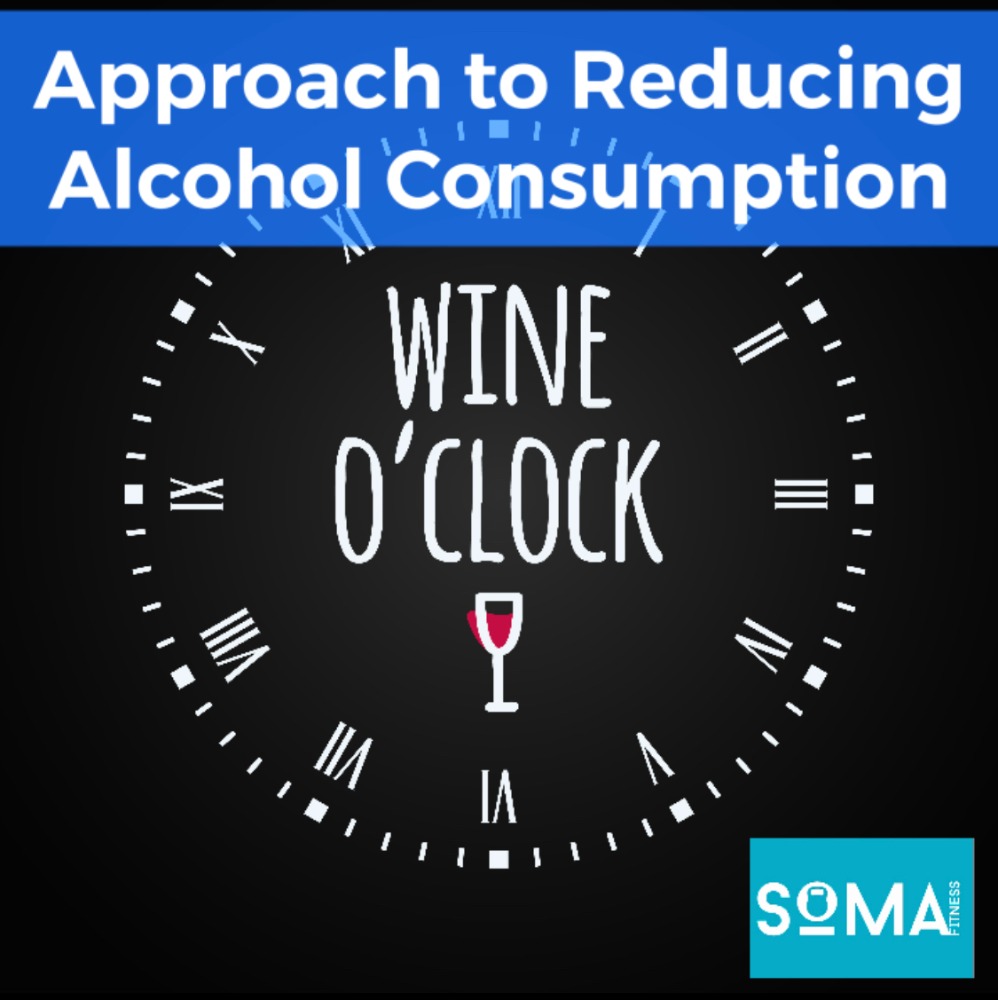
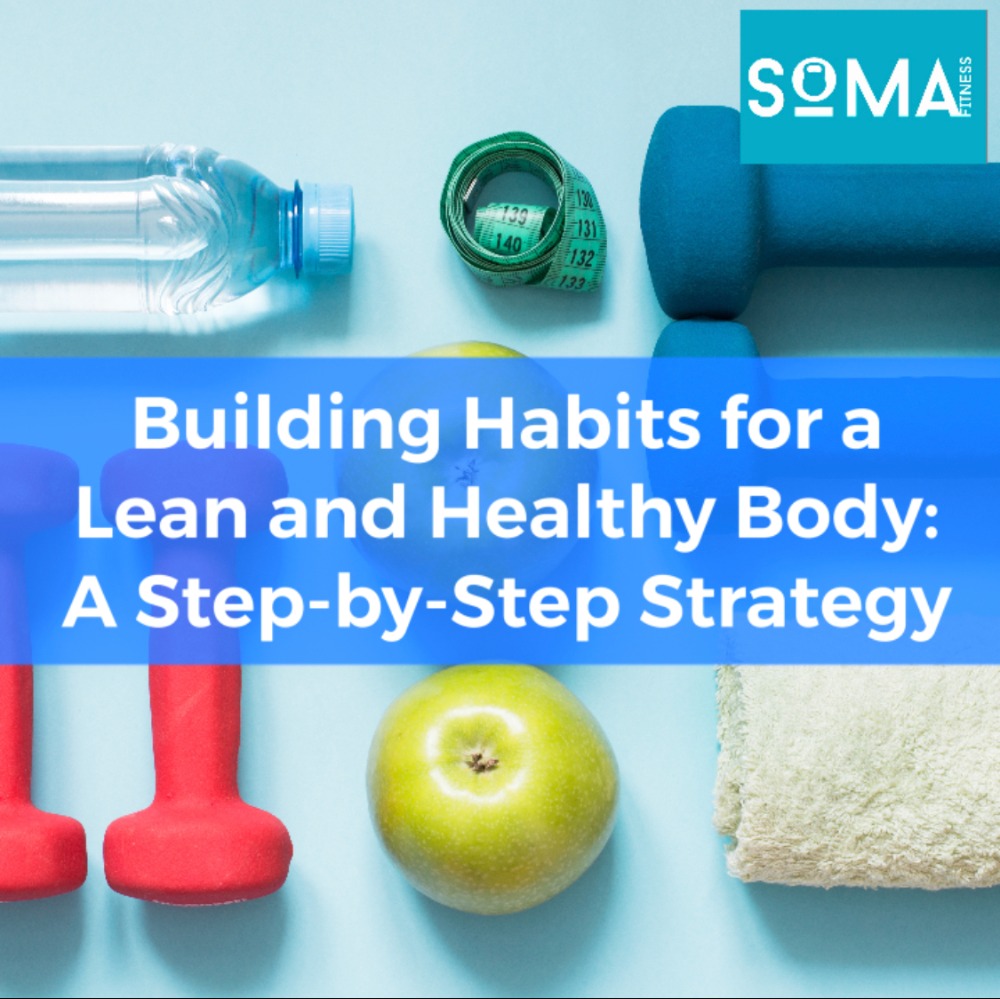
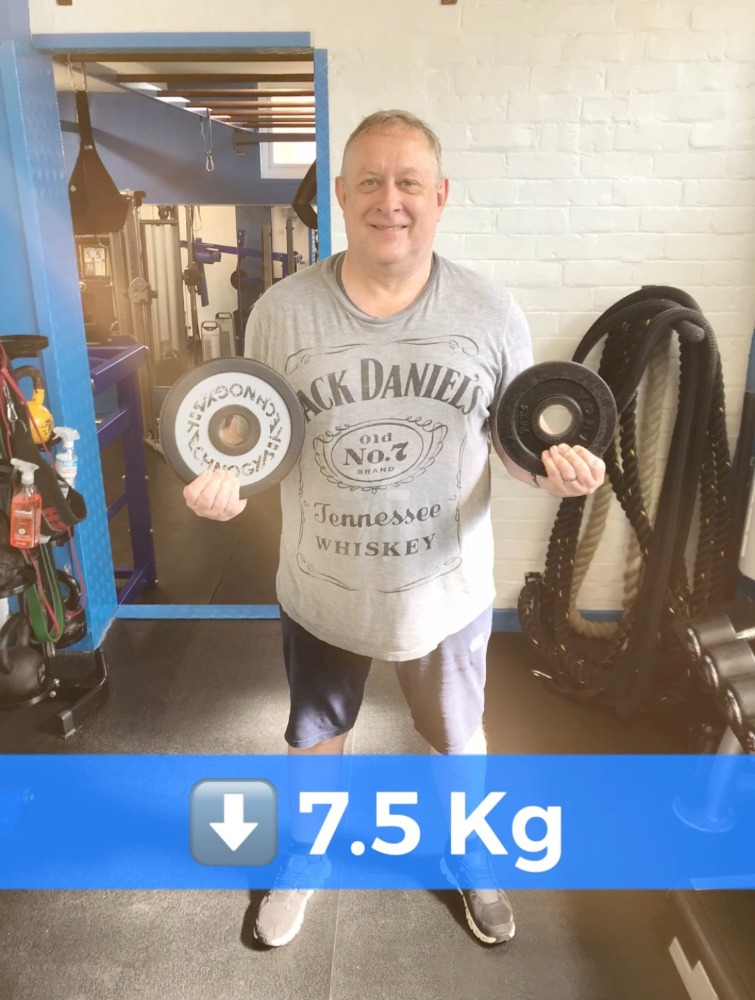
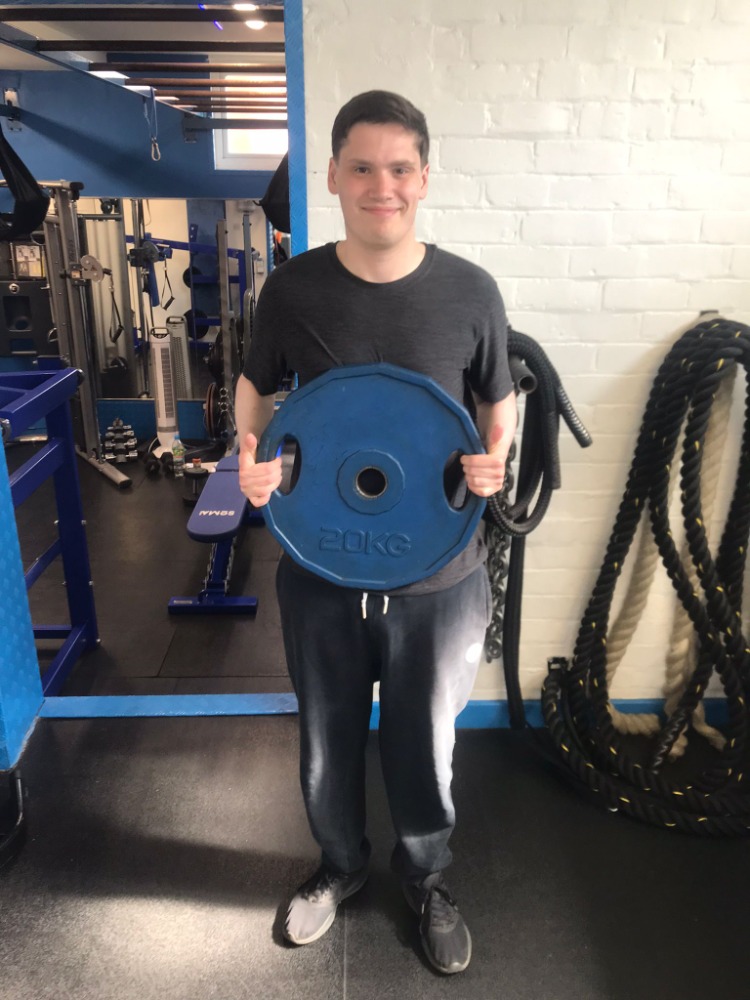



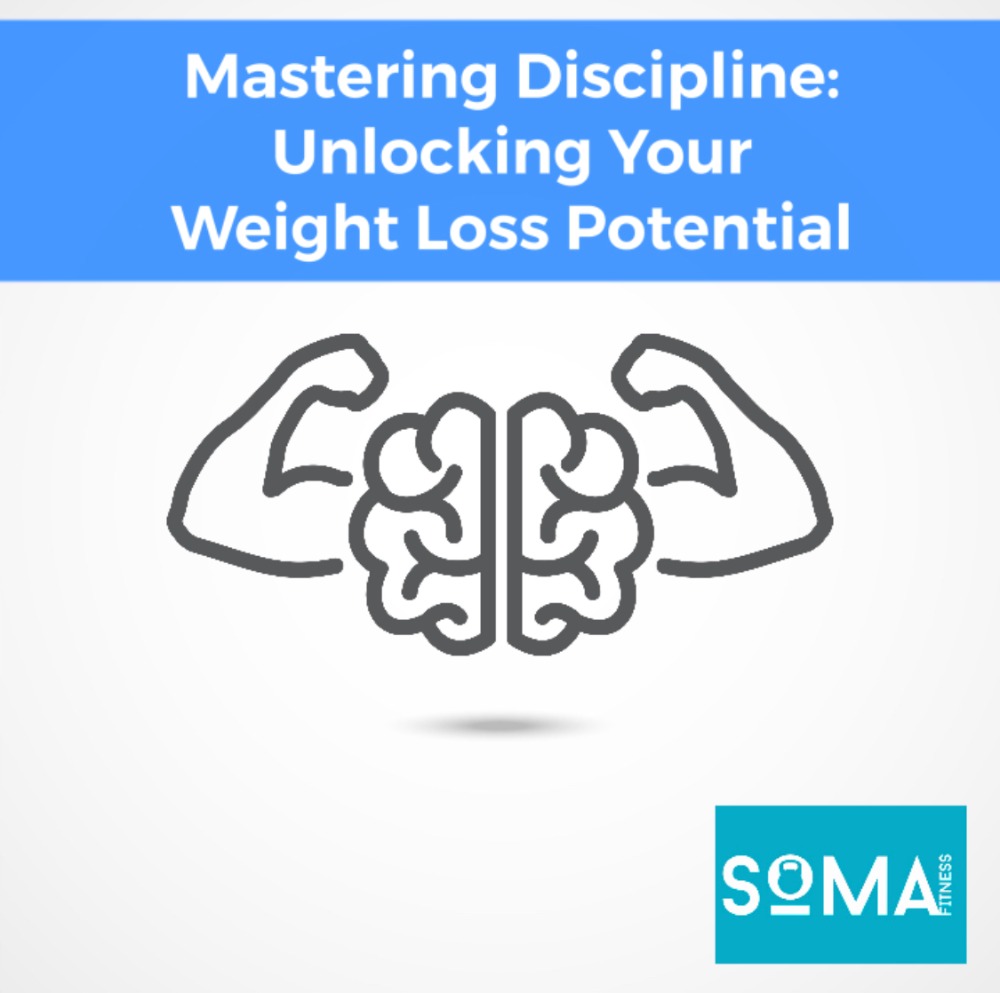

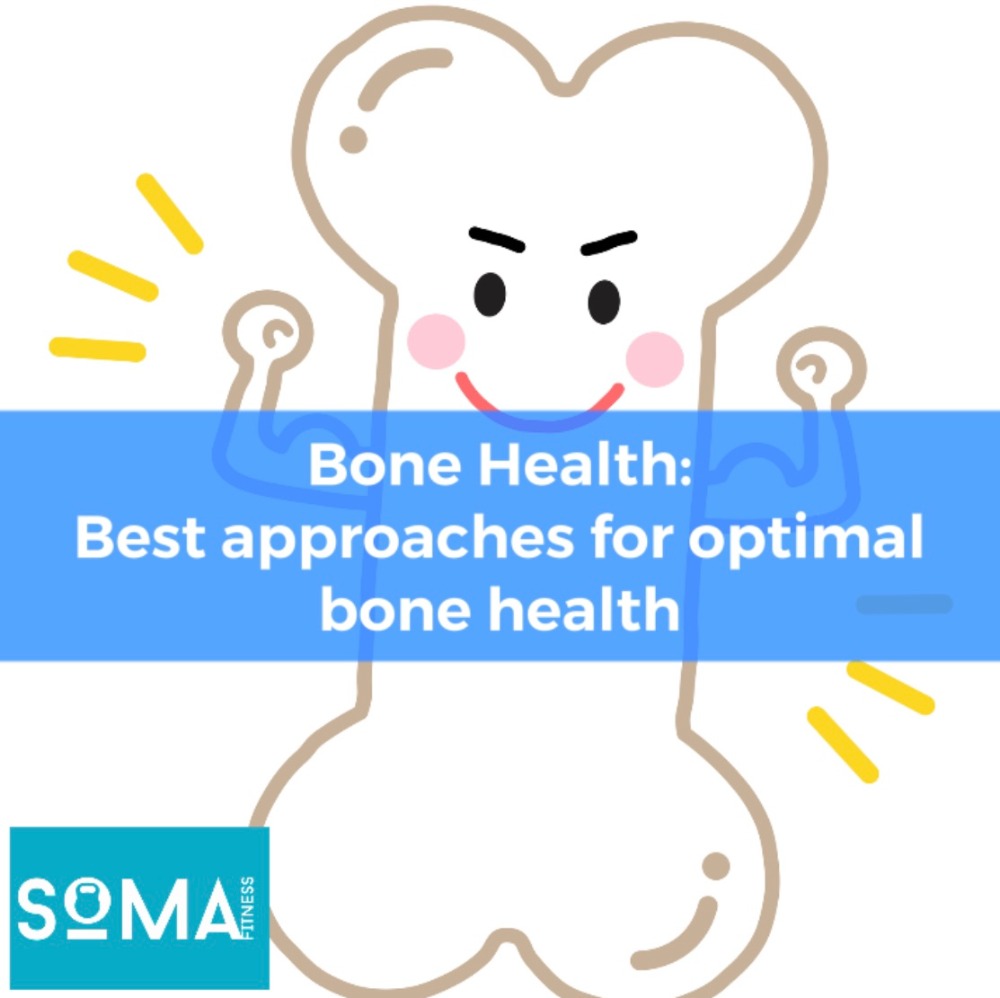
Recent Comments